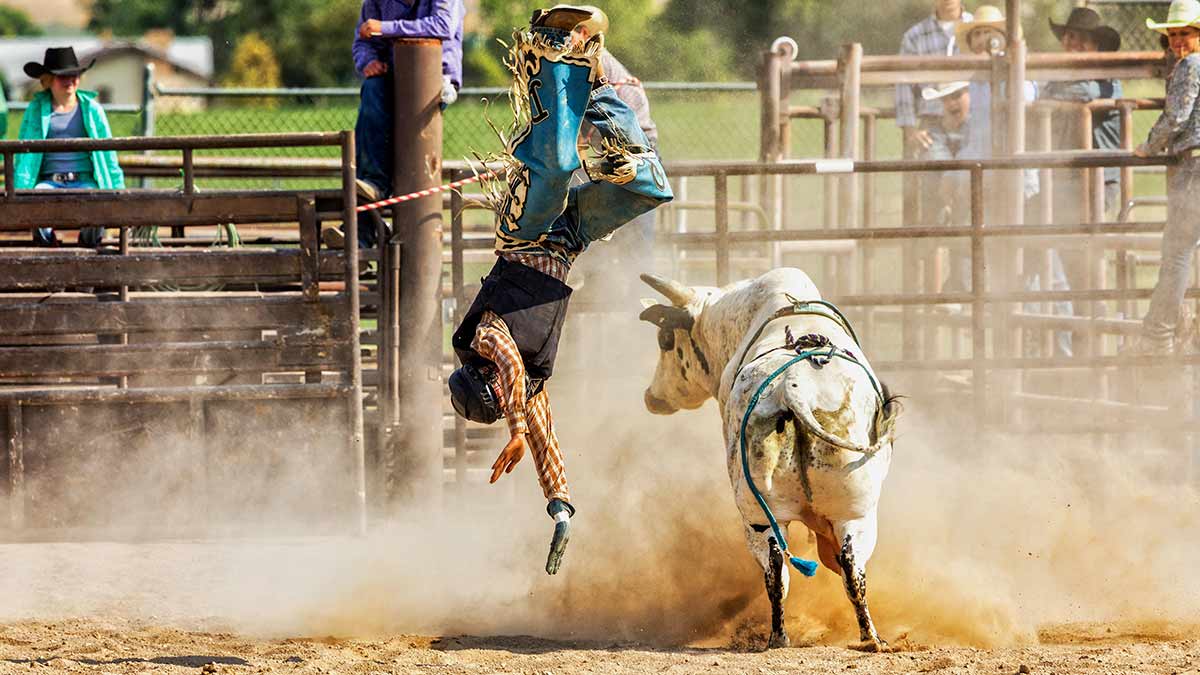Ground Breakers: Is rare earths developer Arafura about to buck history?

Pic: Via Getty
- Nolans project price tag of $1.68bn will be funded by a 50-50 mix of debt and equity
- Arafura inks in-principle support from Export-Import Bank of Korea (KEXIM) for up to US$150m debt financing
- Follows indicative deals with NAIF/EFA (US$225m), Export Development Canada (US$300m) and Germany’s Euler Hermes (up to US$600m)
- Aiming for full construction in the first half of 2024 “pending the outcome of ongoing funding activities”
Rare earths is a sector littered with failure.
During the last boom in 2010-11, $15bn was raised by 60 rare earths companies for about 100 projects across US, Australia, and Canada.
Of those, only two projects were built. One was owned by Lynas (ASX:LYC), which needed another $2bn to complete. Even then the road for LYC was a tough one, partially due to China’s tight control over market pricing.
Current boss Amanda Lacaze was the driving force behind the revival of the company, which death-spiralled from multi-billion-dollar highflyer in 2011 to a valuation of just $3m in 2015. It is now worth $6bn.
Hoping to emulate LYC’s hard-fought success (with less bumps along the way) is Arafura (ASX:ARU), which started kicking rocks at its Nolans tenements in the NT back in 1999.
The company established a singular focus on rare earths around 2008 and has been trying to get its monster neodymium-praseodymium (NdPr) project up and running ever since.
Over the past few years, the geopolitical and economic stars have been aligning for Arafura.
Buyers are increasingly looking for rare earths produced outside of dominant supplier China to feed to nascent ‘net zero’ thematic.
While pricing is down from 2022 highs, LYC told investors at its AGM last week that NdPr demand was up 45% since 2019.
These high value magnet light rare earths make up almost 30% of a standard permanent magnet, a crucial part of electric vehicle motors and wind turbines.
To meet demand by 2032 the world needs the equivalent of 12 Nolans; the world’s only ore-to-oxide NdPr operation designed to pump out 4400tpa of NdPr per year for ~40 years.
How much cash does Arafura need to build Nolans?
Nolans has a hefty price tag of $1.68bn, which will be funded by a 50-50 mix of debt and equity.
The debt part ($800m) is coming along nicely, with the company now pencilling in up to $1.5bn of indicative funding from a mix of German, Korean, Canadian, and Australian export credit agencies (ECAs).
This doesn’t mean they will get the entire $1.5bn via ECAs, which are quasi-government entities designed to support their respective domestic economies.
The Euler Hermes letter of support for up to $600m is subject to a certain amount of offtake with German companies, for example, while the $150m deal with KEXIM is linked to 1500tpa of binding offtake between ARU and carmakers Hyundai and Kia.
This funding also hinges on old-fashioned due diligence by these parties, which is well and truly underway. ARU is targeting financial contractual close by March 2024.
ARU is also progressing additional offtake negotiations, as well as funding activities to support the $800m equity component.
Meanwhile, early works have already kicked off on site. In October, ARU chairman Mark Southey said the company was “strongly positioned to move into full construction in the first half of 2024, pending the outcome of ongoing funding activities”.
“Rare earths processing is of course a complex and cost-intensive process,” he says.
“While this year has presented some challenges, we have the targets, plans and contingencies in place to achieve our goals.
“After two decades of development, we are now at the point of asset creation.”
At Stockhead, we tell it like it is. While Arafura is a Stockhead advertiser, it did not sponsor this article.
Related Topics

UNLOCK INSIGHTS
Discover the untold stories of emerging ASX stocks.
Daily news and expert analysis, it's free to subscribe.
By proceeding, you confirm you understand that we handle personal information in accordance with our Privacy Policy.








